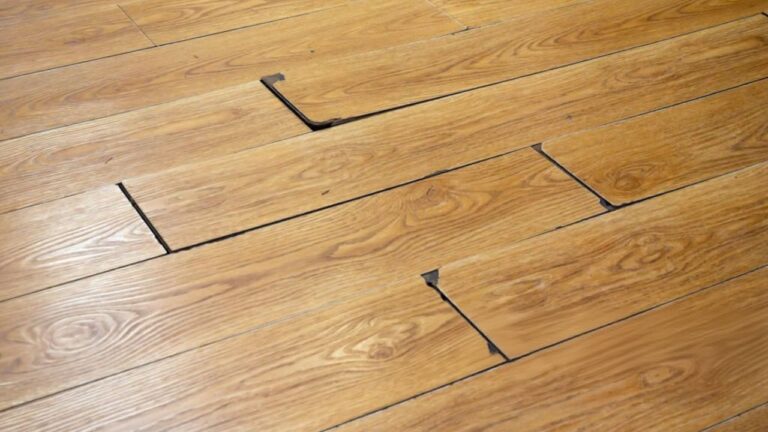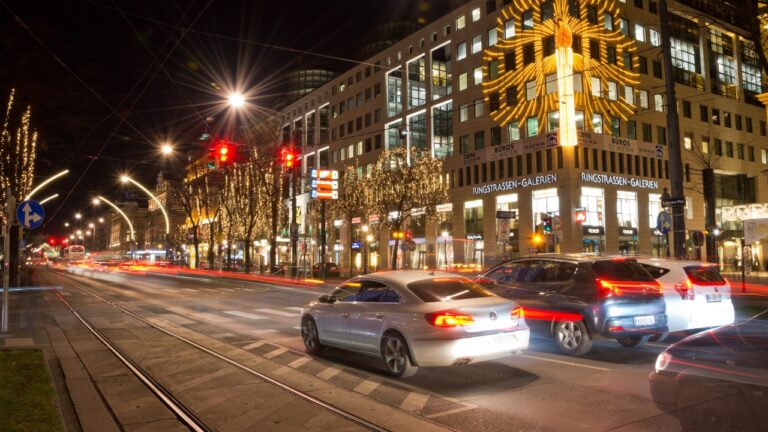Can lightbulbs actually make your entire home look nicer?
You’ve probably swapped out your faucet, added new hardware, maybe even painted your cabinets. But there’s one upgrade most people overlook — and it’s the reason their space still doesn’t feel finished. The lighting itself might be fine, but the color temperature is throwing off everything else. That harsh, bright-white tone you’ve been living with? It’s working against you.
The problem hiding in plain sight
Most people assume brighter automatically means better. But there’s a difference between a well-lit room and one that feels cold and uninviting. Those daylight-white bulbs (often labeled 5000K or higher) make walls look sterile and cast a blue tint over every surface. Even warm paint colors can look off under light that’s too cool.
If you’ve ever wondered why your new beige paint looks gray or your wood cabinets feel washed out, the lighting is probably to blame. The wrong color temperature changes how every color in your home appears.
What color temperature actually means
Color temperature is measured in Kelvin (K). Lower numbers mean warmer, softer light — like a sunset. Higher numbers are cooler and whiter — like daylight. For most homes, the sweet spot is 2700K to 3000K. That range gives you enough brightness without the sterile, blue glow that kills cozy spaces.
Think of it like this: restaurants and coffee shops spend good money to create lighting that makes you feel comfortable. They use warmer tones intentionally. Meanwhile, most people buy a bulk pack of daylight bulbs and wonder why their living room feels like an office.
Where to make the switch first
If you only change one thing, start with your main living areas — kitchen, living room, and dining space. These are where tone and comfort matter most. Swap out those bright whites for bulbs labeled “soft white” or “warm white.”
Then move to bedrooms and bathrooms. In bedrooms, a warmer bulb instantly feels more relaxing. For bathrooms, you can go slightly cooler (around 3000K) so you still get true color when getting ready without that blinding white light.
If you’ve got recessed lights, try dimmable LED retrofits. They let you adjust brightness and warmth throughout the day, which is a game-changer for mornings and evenings.
Don’t forget the fixtures themselves

Sometimes the problem isn’t the bulb — it’s how the fixture spreads light. A single harsh overhead light can make even the nicest room feel flat. Layer your lighting. Add floor lamps, wall sconces, or even under-cabinet strips to create depth. When light comes from multiple angles, everything looks softer and more balanced.
This doesn’t have to mean rewiring anything. Plug-in sconces and stick-on LED bars can completely change the feel of a space without breaking out the drill or calling an electrician.
The outdoor lighting trap
The same rules apply outside. Those bright, bluish floodlights might make your yard visible at night, but they can also make it look harsh and industrial. Try 2700K landscape or porch bulbs instead. They give your home that warm, welcoming glow you see in professional exterior photos.
If you’ve upgraded your porch décor, replaced the door, or added planters but it still looks flat at night, cooler lighting is probably washing it out. Warm outdoor LEDs fix that instantly.
LEDs have come a long way

A decade ago, LEDs were either too white or too yellow. Now, they’re accurate, efficient, and available in every tone you could want. Look for “CRI” (color rendering index) above 90 for the best, most natural color. That means your paint, décor, and flooring will finally look how they’re supposed to.
You can even buy tunable-white bulbs that let you shift between warm and cool tones using an app or remote. Set them warm for evenings and brighter during the day — it’s a small upgrade that changes how your whole house feels.
It’s not about buying more light — it’s about buying better light
You can spend thousands on upgrades, but if your lighting is off, everything else will look off too. The good news is, this is one of the cheapest changes you can make. A few $10 bulbs can completely transform the look of your space.
Lighting sets the mood more than paint, décor, or even furniture. It decides whether your house feels calm and inviting or stark and unfinished. So before you start your next remodel or décor project, check your bulbs. You might realize the upgrade your home really needs was as simple as changing the light all along.
Like Fix It Homestead’s content? Be sure to follow us.
Here’s more from us:
10 things that make your house feel less welcoming without saying a word
10 Upgrades That Make Your House Look Fancier Than Your Neighbor’s
*This article was developed with AI-powered tools and has been carefully reviewed by our editors.







